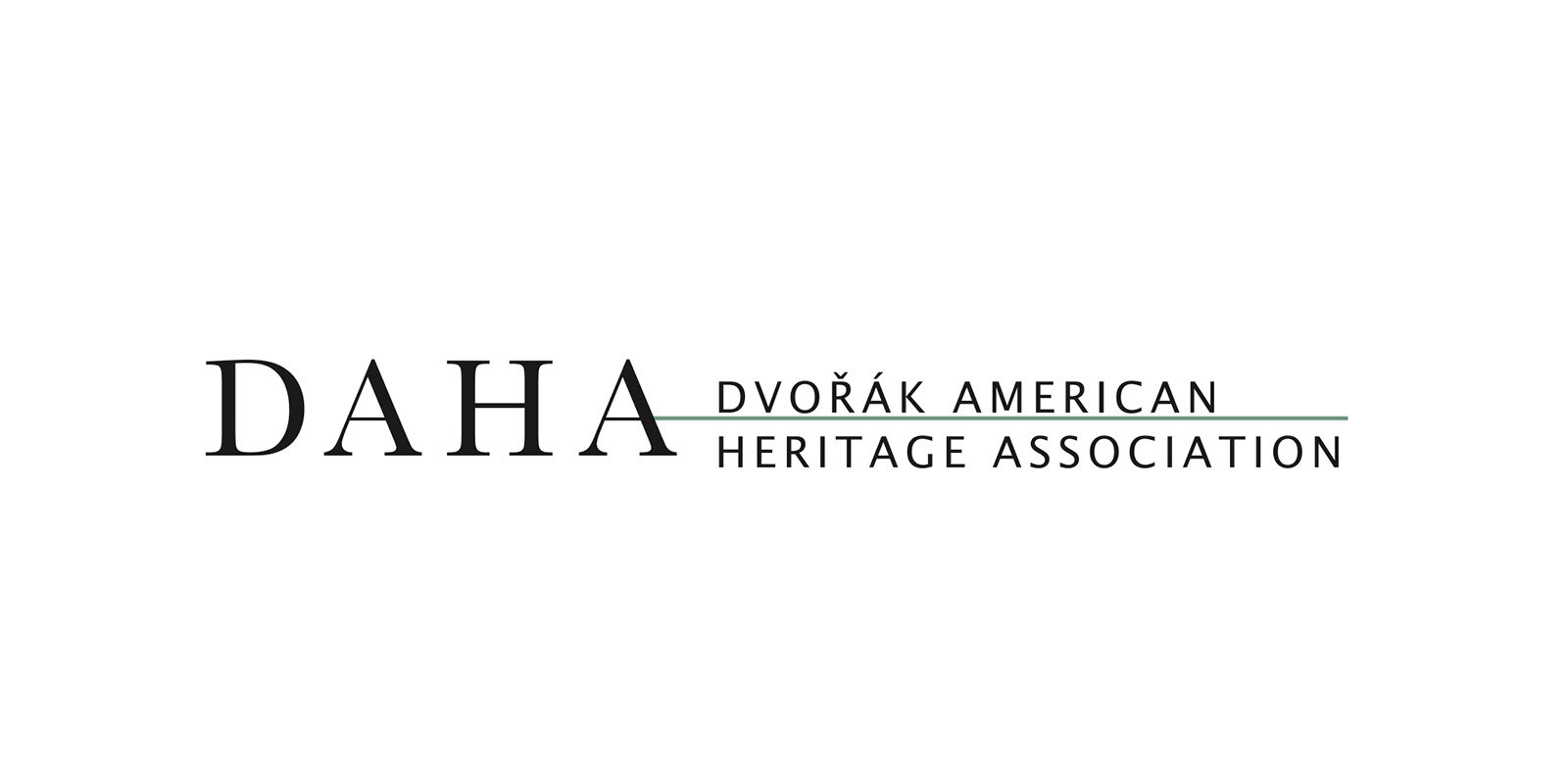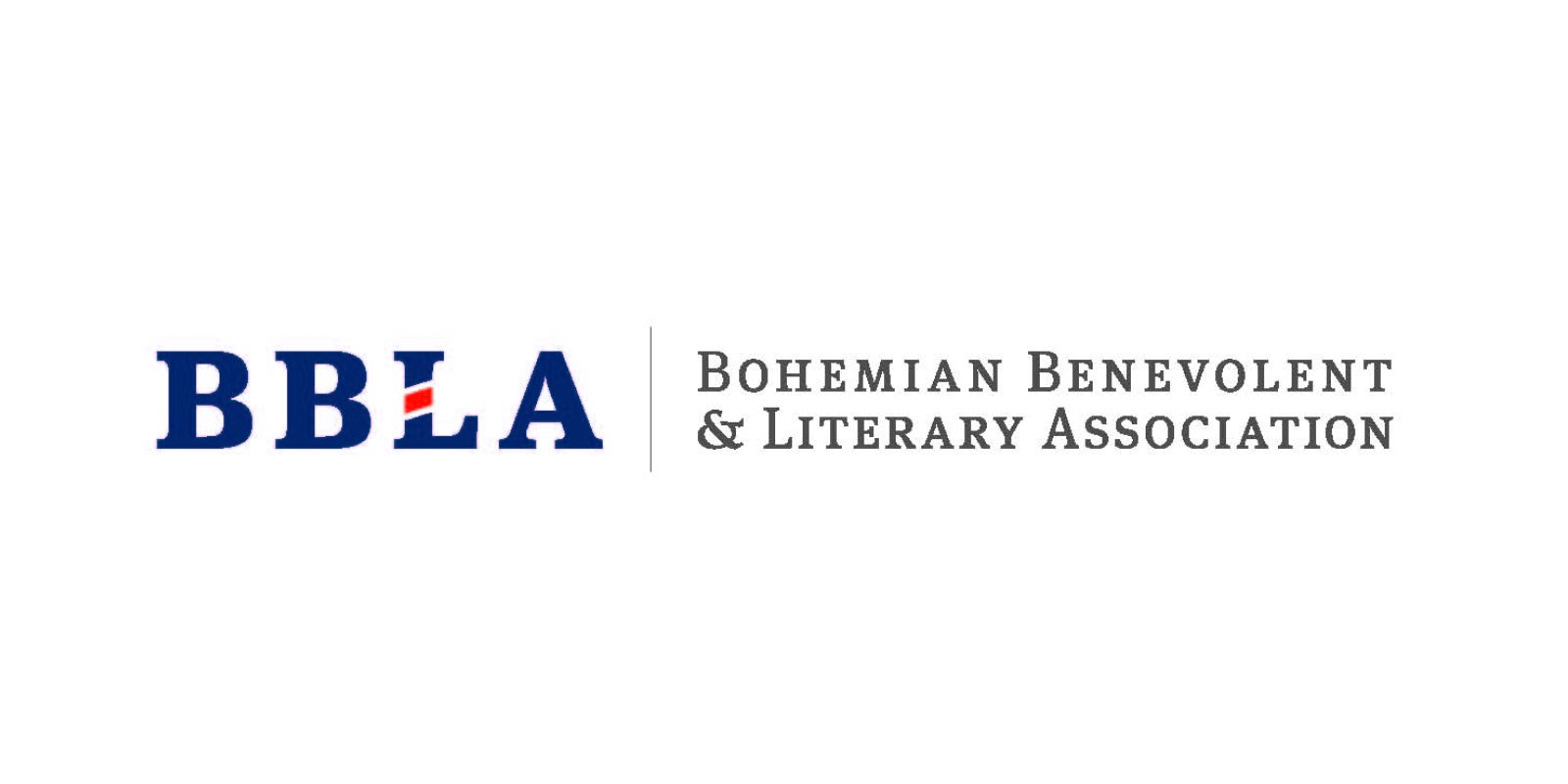Sounding Habsburg: A Musical Journey around the Austro-Hungarian Empire
CONCERT // SATURDAY, April 23 // 5:30–7:00 pm
The Dvořák American Heritage Association, in collaboration with the Austrian Cultural Forum New York, New York University and Virginia Tech, invite you to a concert exploring the musical cultures of Habsburg Central Europe with the soprano Ariana Wyatt and pianist Richard Masters. The former Habsburg lands included present-day Austria, the Czech Republic, Hungary, and parts of Poland, Ukraine, Romania, Croatia, and Italy, among other countries. In this program we take you on a musical journey from an imagined Italy to the banks of the Vistula River, with stops in Vienna and Prague along the way. Featuring works by Franz Joseph Haydn, Johann Strauss Jr., Ilse Weber, and others, the concert will provide a window on the varied and diverse musical world of Habsburg Central Europe.
This event is part of the Sounding Habsburg conference organized by the Dvořák American Heritage Association and supported by the Bohemian Benevolent and Literary Association, Austrian Cultural Forum New York, Virginia Tech, and New York University.
Program
Franz Joseph Haydn (1732-1809)
Arianna a Naxos
Teseo mio ben
Dove sei, mio bel tesoro?
Ma, a chi parlo?
Ah! che morir vorrei
Wolfgang Amadeus Mozart (1756-1791)
trans. Ignaz Friedman (1882-1948)
Larghetto (from Concerto no. 26 in A Major, K. 537)
Alma Mahler (1879-1964)
Five Lieder (1910)
Die stille Stadt
In meines Vaters Garten
Laue Sommernacht
Bei dir ist es traut
Ich wandle unter Blumen
Ilse Weber (1903-1944)
Four Selected Songs (ca. 1942-1943)
Ich wandre durch Theresienstadt
Dobry den
Und der Regen rinnt
Wiegala
E.W. Korngold (1897-1957)
Three Arias (from Die stumme Serenade)
Ein modell von Coclé
Lied von Glück
Ohne dich
Johann Strauss Jr. (1825-1899)
Schatz waltz (from Der Zigeunerbaron, arr. Ignaz Friedman)
Czardas (from Die Fledermaus)
General admission: $30; seniors, students: $20. Tickets may be purchased online through Eventbrite or at the door at the time of the event.
Bohemian National Hall and the Dvořák American Heritage Association require all attendees to in-person events, such as concerts, lectures, etc., to show proof of vaccination (2 doses of Pfizer/Moderna or one does of Johnson and Johnson, and at least one booster shot) and wear a mask at all times while on premises, except when actively eating or drinking.
Performers
soprano Ariana Wyatt
Described as “brilliant” (Opera Today) and “alluringly complex” (Opera News), ARIANA WYATT’s recent opera engagements include appearances with Gotham Chamber Opera, Opera on the James, Opera Omaha, Opera Roanoke, Glimmerglass Opera, Florida Grand Opera, Santa Fe Opera, the Juilliard Opera Center, and the Aspen Opera Theater. She has appeared in venues around the world including Carnegie Hall, the Kennedy Center, the Jerusalem Synagogue, and Martinů Hall, performing large works including Haydn’s Creation, Brahms’ Requiem, Orff’s Carmina Burana, and James Whitbourn’s Annelies. An enthusiastic advocate for contemporary art song and opera, she has premiered and championed chamber works by Alan Louis Smith, Daron Hagen, Gregory Hutter, and Lori Laitman. Her 2020 recording Let Evening Come: American Songs Old and New was named one of the best classical recordings of 2020 by the Chicago Tribune. Ms. Wyatt is a graduate of the Institute for Vocal Arts (former Juilliard Opera Center) and the University of Southern California. She is an associate professor of voice at Virginia Tech.
pianist Richard Masters
RICHARD MASTERS is a soloist, opera coach, chamber musician and orchestral pianist based in Blacksburg, Virginia, where he is an associate professor of piano and collaborative piano at Virginia Tech's School of Performing Arts. Significant collaborations include concerts with Grammy-winning baritone Donnie Ray Albert, flutist Valerie Coleman, the late Metropolitan Opera mezzo-soprano Barbara Conrad, La Scala mezzo-soprano Marta Senn, and many others. He has appeared with former Boston Symphony principal trombonist Norman Bolter, former Juilliard String Quartet violinist Earl Carlyss, saxophonist Harvey Pittel, and under the baton of Lorin Maazel. Dr. Masters has performed solo, chamber and vocal recitals throughout the U.S. and in Europe. Recent performances include recitals at the Isabella Stewart Gardner Museum in Boston, the Schola Cantorum in Paris, Gallery 345 in Toronto, and the San Francisco Conservatory. His CD “Let Evening Come: American Songs Old and New” was chosen by Chicago Tribune critic Howard Reich as one of his “best classical recordings of 2020.”
Program notes | by richard masters
Arianna a Naxos (ca. 1789), F.J. Haydn
In composing Arianna a Naxos, Haydn created a new genre: the dramatic cantata for voice and piano. The year before the work’s inception, Haydn took possession of a new fortepiano from the firm of Wenzel Schanz, likely a square instrument rather than the grand-piano shape to which we are accustomed today. The composer swooned over the piano’s touch, tone, and command of dynamics; all three play a part in Arianna, which assigns the pianist heightened musical responsibilities not found in Haydn’s previous vocal/piano works.
Haydn’s choice of the story of Ariadne and her abandonment by Theseus may have been influenced by the success of Czech composer Georg Benda’s 45-minute melodrama Ariadne auf Naxos with text by poet Heinrich Wilhelm von Gerstenberg. Benda’s composition is an orchestral accompaniment to a declaimed text, whereas Haydn’s is sung throughout. Both settings begin with Ariadne waking from a sleep, and end with her calling the wrath of the Gods down upon the head of the cruel, unfaithful Theseus. Appearing with the famous castrato Gaspare Pacchierotti, Haydn performed Arianna at the fashionable rooms of Mrs. Blair at London’s Portland Place in 1791. The cantata was an immediate success, the Musical Chronicle referring to the piece as “the musical desideratum of the season.” The performance today incorporates some small textural changes taken from the orchestral score created by Haydn’s pupil Sigismund von Neukomm in 1808.
Five Lieder (premiered in 1910/11), Alma Mahler
These five songs were composed by Alma Schindler prior to her marriage to the composer and conductor Gustav Mahler. Schindler studied composition with Josef Labor and Alexander Zemlinsky. She began writing songs at the age of nine, composing over 100 lieder by the time of her marriage to Gustav. At his insistence, she ceased her compositional efforts at the time of their marriage; he referred to the very idea of husband/wife composers “ridiculous” and “degrading.” After discovering her affair with Walter Gropius in 1910, Gustav may have realized that his behavior had harmed their relationship; perhaps as a peace offering, he selected these five songs to be published as a set, and asked and his publisher Universal to release the works, using the same cover art found on his own Symphony no. 8. The first four of the songs were premiered in Vienna in 1910, and the final song in New York in 1911. The texts are by popular poets of the time including Richard Dehmel and Rainer Maria Rilke.
Two Transcriptions, Ignaz Friedman
Ignaz Friedman was greatest pianists of the early 20th century, deserving of a place alongside Sergei Rachmaninoff, Josef Hofmann, and Josef Lhévinne. Born in what is now Podgórze, Poland, just outside of Kraków, Friedman studied with the famous pedagogue Theodore Leschetizky, and forged a major career in Europe and the United States. His technique was ironclad, and his performing style was described as mixing elegance, and, when appropriate, violent passion. Like many of his pianist contemporaries, he published numerous transcriptions, writing them both for his own use in concerts, but also for other pianists. Due to their difficulty, few of his transcriptions entered the standard repertoire. Friedman did not regularly program either of these transcriptions; the Mozart transcription heard today was given a handful of times in Denmark, and the Strauss waltz was offered only on tour in 1935. Both arrangements utilize the full range of the piano’s capabilities, from the gentle passagework of the Mozart to the thundering virtuosity of the Strauss.
Four Selected Songs (ca. 1942), Ilse Weber
These four songs were written by Ilse Weber while she was interned in the Terezín/Theresienstadt concentration camp. Although she was a gifted musician, Weber worked primarily a children’s book author and a producer for Czech Radio in Prague. In 1942, she, her husband, and son were deported to Theresienstadt, where she worked as a night nurse in the children’s infirmary. While living in the camp, she wrote many poems, and would often set them to music, accompanying herself on the guitar and singing for the children in the infirmary. In 1944, her husband was placed on the train to Auschwitz, and Weber and her son Tomáš voluntarily joined him. Upon arriving at Auschwitz, Ilse and her son were immediately gassed. Her husband survived the war.
Three Arias from Die stumme Serenade (1951), Erich Wolfgang Korngold
First performed on Radio Vienna in 1951, Die stumme Serenade (“The Silent Serenade”) was an attempt by Erich Wolfgang Korngold to bring his music back to the European stage after a long silence imposed by World War Two. A refugee from the Nazis, he spent thirteen years living in the United States and working in Hollywood. Though highly acclaimed as a composer of film scores, his goal was always to return to concert music. Die stumme Serenade is a fluffy operetta set in 1820s Naples. Andrea Coclé, a fashionable dressmaker, becomes embroiled a political assassination plot; found in the garden of the prime minister late at night, Coclé claims that all he wanted to do was woo the lovely actress Silvia Lombardi. No one heard his serenade, but he says the song was born of his soul, and was thus a silent serenade. These three arias are sung by Silvia, who of course is united with Coclé by the end of the operetta. The show was a dismal failure; there was not a market for escapist musical theatre with a lush harmonic language based in the era preceding the Great War. Korngold’s orchestration includes saxophone and vibraphone, both instruments being key to the sound of the operetta.
“Czardas” from Die Fledermaus, Johann Strauss Jr.
It seems that nearly every Viennese operetta has a moment where the action stops and a lead character sings an “exotic” number that is either Hungarian or Romani in nature, evoking a sound world that is at once familiar and unusual. In the case of Die Fledermaus, the number is a czardas, a Hungarian folk dance that begins slowly (lassú), then gradually speeds up until reaching vertiginous speeds (friss). Sung by Rosalinde, the music is an attempt to solidify a false Hungarian identity at a fancy dress ball; her husband Eisenstein does not recognize her, but is entranced by her glamorous Hungarian persona and attempts to seduce her. Viennese hilarity ensues.
Conference Partners
The Sounding Habsburg conference is organized by the Dvořák American Heritage Association and supported by the Bohemian Benevolent and Literary Association, Austrian Cultural Forum New York, Virginia Tech, and New York University.







